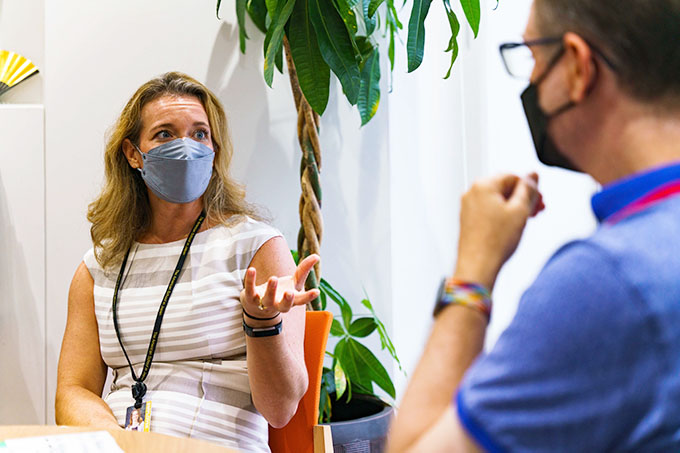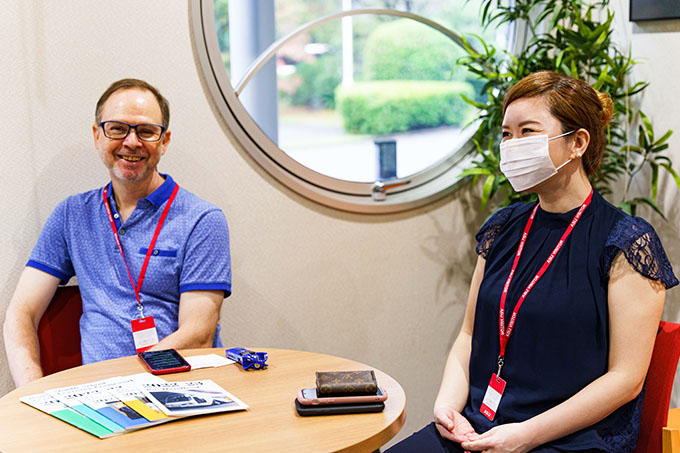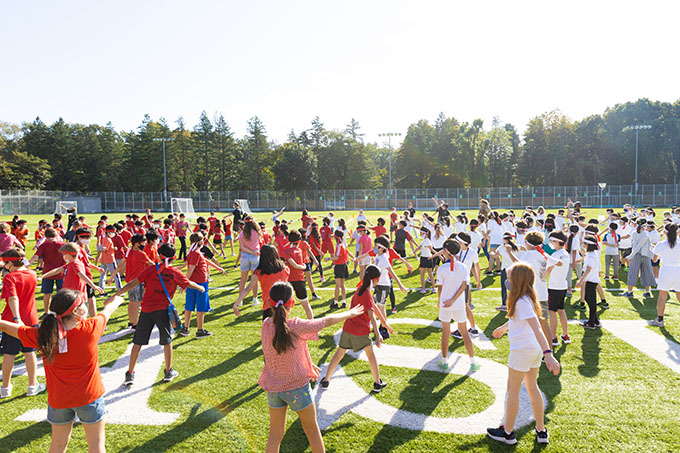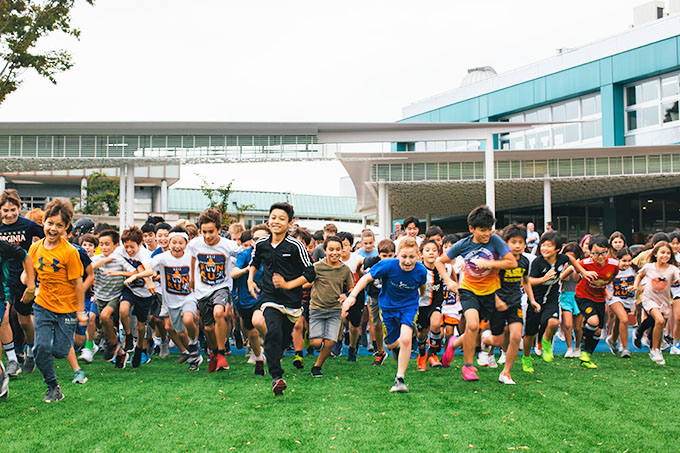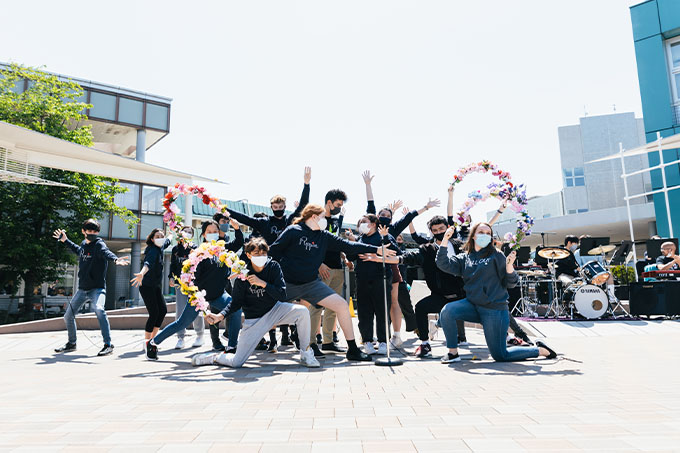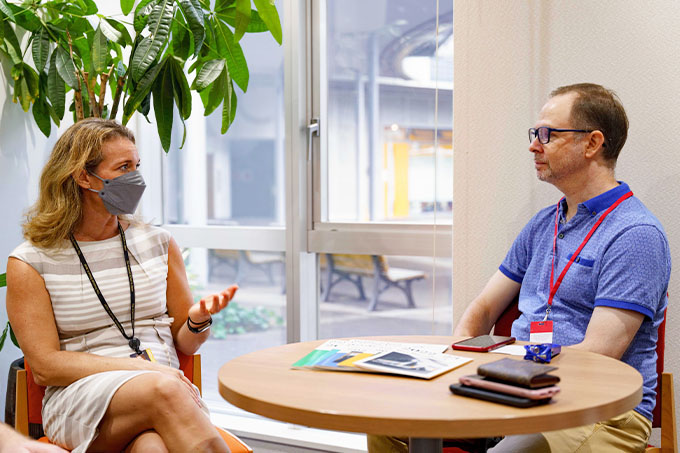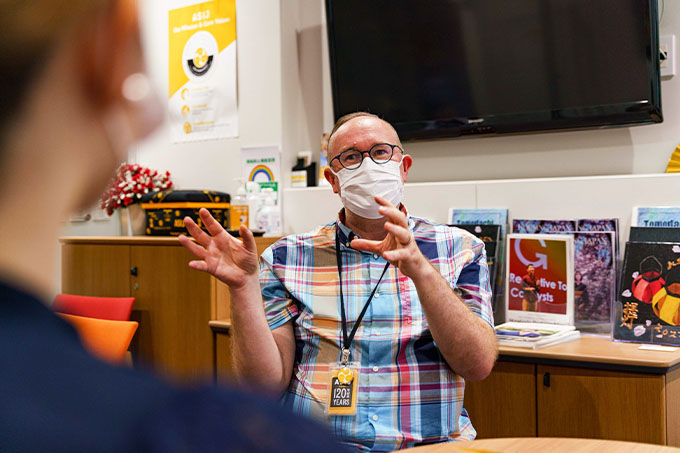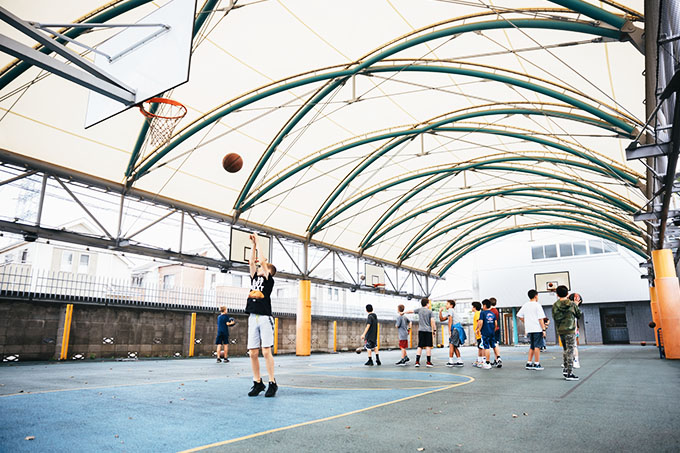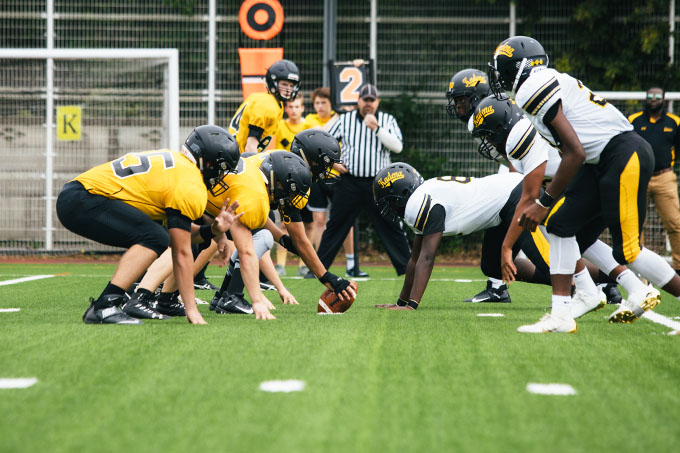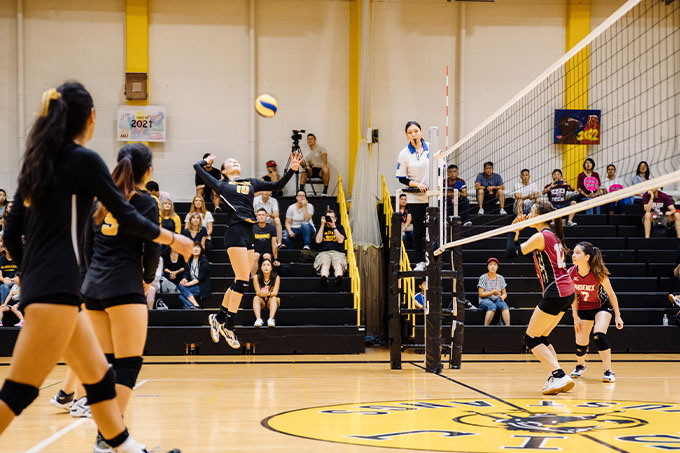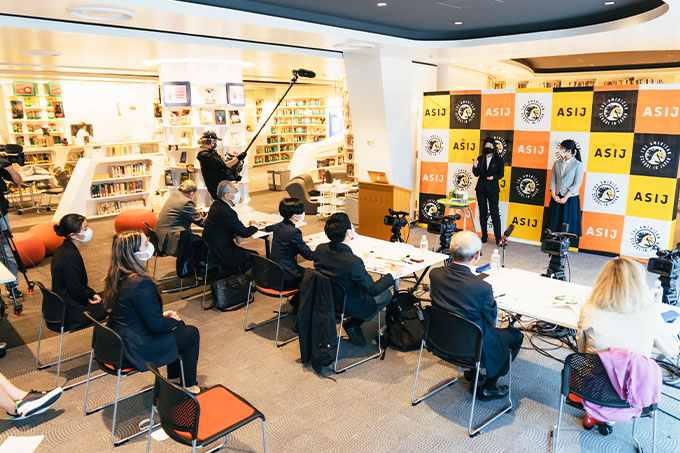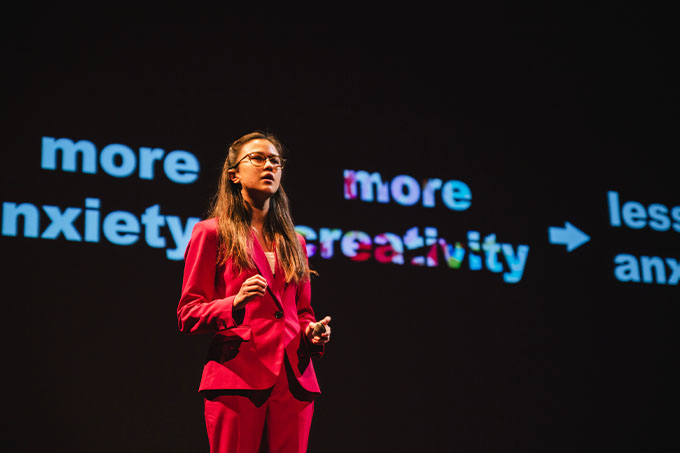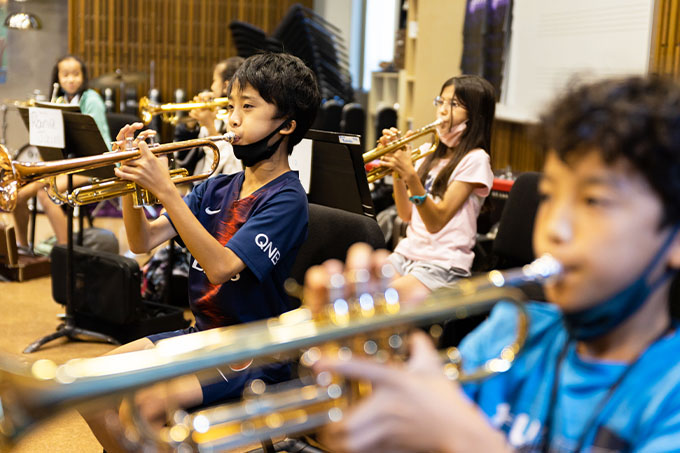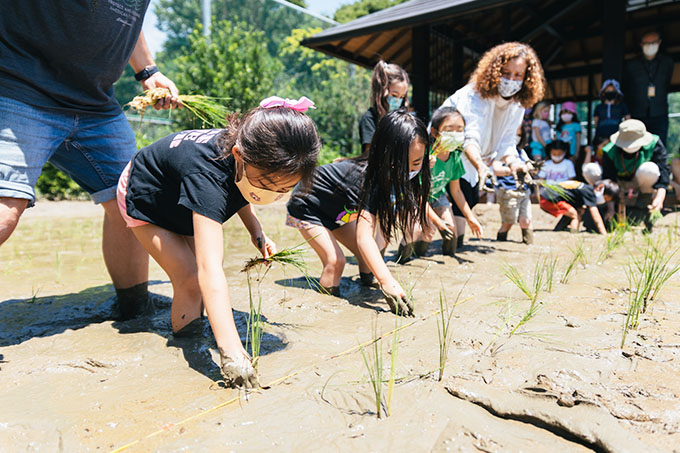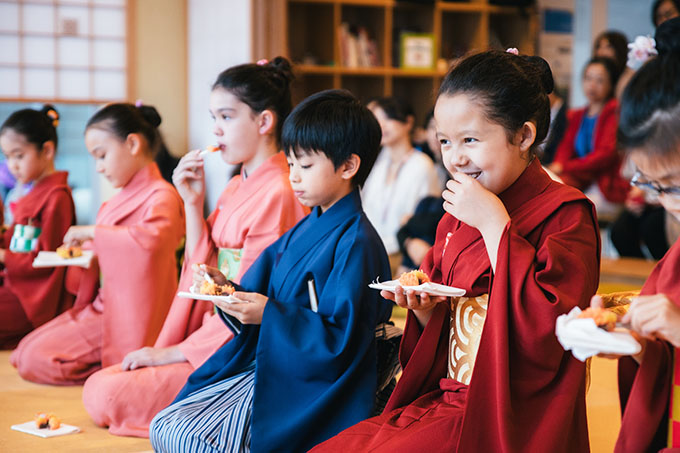
Written by C Bryan Jones, SRC
In 1902, a group of mothers came together in Kanda to create a school. These highly educated women, college graduates in Japan as missionaries, wanted to provide a quality learning environment for their children. Starting with about 100 students, the school quickly grew.
Their creation, the American School in Japan (ASIJ), is today among the most highly esteemed institutions for education in English. As ASIJ expanded over the years, it moved locations a few times, including to Tsukiji and Meguro. The current facilities in Chofu, built in 1963, feel more like a community than a school.
The grounds are home to the elementary, middle, and high schools, as well as a range of athletic facilities, including tennis courts and a full-size football field. Covering 14.33 acres, ASIJ is the largest international school in Japan.
Location Matters
“The campus we had in Meguro was a finite size, and we just simply got too big,” explained Director of Communications Matt Wilce. “We wanted to have space to really offer the kind of curricular and co-curricular program that we thought was best for the students. So, they did a lot of work in the early 1960s looking for locations, and the decision was made to move out here.”
While the area did not grow into the bustling business hub that was predicted, a prospect which influenced the choice, it does provide the ideal environment for ASIJ to deliver cutting-edge educational programs and extracurricular activities that would be difficult to offer in the middle of the city.

One example is synthetic biology, a lab-based course not commonly found at the high school level, and which requires the use of sophisticated equipment. ASIJ has invested in new equipment which allows 12th graders to perform CRISPR DNA sequencing and living cell analysis right in the classroom.
Another is the Creative Arts and Design Center, a huge space which houses five design tech labs packed with the latest equipment that empowers students to explore the design cycle, solve real-world problems, and prototype solutions. At the center is a massive open space with workstations connected to laser cutters and 3D printers.
The arts are also front and center at ASIJ. During our visit, students were rehearsing the upcoming middle school musical in the 570-seat theater. Lighting and theater tech for the performance will be done by sixth, seventh, and eighth graders. Nearby is a digital music lab, where award-winning singer-songwriter Hikaru Utada was composing when she was a student at ASIJ in the late 1990s.
Another thing the large grounds support is ASIJ's sustainability efforts. All the roofs on the massive campus are covered with solar panels, and one building also has geothermal energy. The school produces about 15 percent of the energy it consumes.

Who Chooses ASIJ?
While the name leads some to believe that you must be American-or have a US connection-to attend, ASIJ is incredibly diverse, with 57 nationalities represented across all grade levels.
“We're really a mission-driven school,” explained Director of Admissions Angie McCullough.
“We're trying to hold to our roots. Who do we need to serve? Who is finding us? Who is an appropriate candidate that might come here? One thing that we do look for is an expat family whose kids might not be able to flow into the Japanese school system. We tend to look to serve the expat community, and we're an international school, so we want to keep our diversity up. We look for all kinds of interests, for different types of aptitudes, different languages, and different life experiences.”
A common profile, she said, is that the family is global in one sense or another. “They've made a few international moves, they're multicultural themselves, there's more than one language going on in the home. It's those kinds of things that make us that international community.”
Wilce cited the diversity of the PTA board and how those families represent the range of experiences and backgrounds at the school. “We've got American families who are here on a first-time overseas experience. We've got people who grew up internationally themselves going to school in Singapore and are now here with business. We've got Japanese returning families,” he said. “Our big PTA Winter Carnival is coming up and, going around the room, there's Norwegian, Swedish, Indian, Chinese, Korean, American, British, Australian. If you just hear our name, that's maybe not your mental picture of us as a school. But that's the reality of who we are.”
Getting to School
Some 1,700 kids fill the spacious classrooms of ASIJ, and they come from all over Tokyo. Many live in Minato Ward, in popular areas such as Azabu-juban and Hiroo. The distance from home to school may seem far to some weighing their options from among the many international schools around town. Getting to Chofu is no problem, however, as the school operates a fleet of 32 buses running 31 routes around Tokyo, from Mejiro in the north to Shinagawa in the south, and even down to Den-en-chofu. About 1,300 students arrive by bus each day via this network of 180 bus stops.
McCullough noted that many parents get to know each other thanks to meeting at the bus stop, and this, along with extensive safeguards such as the GPS-based BusMinder tracking system, helps put minds at ease in a foreign country.
“We've got bus monitors who are a hired position,” she explained. “Our high school students go through training at the beginning of each year. They have safety training, they get to know the new kids, they help the elementary kids find their classes on the first day. There are these levels of support that help alleviate the anxiety that some of our parents feel. They may think, ‘Okay, not only are we in a new country, but we're going to put our kids on a bus for 45 minutes to a school that we've seen once.' So, there are lots of built-in comfort systems.”
Wilce added: “I was speaking to a parent recently and she put her kindergartener on the bus as a new expat parent. She said she had no concerns. The kid has been fine. They love it. It's so easy.”
But not all ASIJ students ride the bus, because there are a range of housing options in the area that are also popular.
“We have a growing population in Kichijoji,” explained McCullough, speaking of the neighborhood in nearby Musashino. “We have no buses that serve the Kichijoji area, but families are looking to engage with Japan and tell us ‘We love riding the train, and we get a little family walk in the morning.”
Wilce noted that when families are moving to Tokyo, they're often looking for two things when it comes to housing: where they are going to live and where they are going to send their kids to school.
“Downtown doesn't necessarily dictate where you go to school,” he said. “Yes, you can go to a neighborhood school, you can live across the street from a particular international school and walk across the road and go there, but you have other choices. And depending on your family profile and your educational aspirations, I think it's helpful to remind people to be open to looking at the options they have in Tokyo. Not just us, we're not necessarily the best fit for everybody, but we are for a lot of those people.”
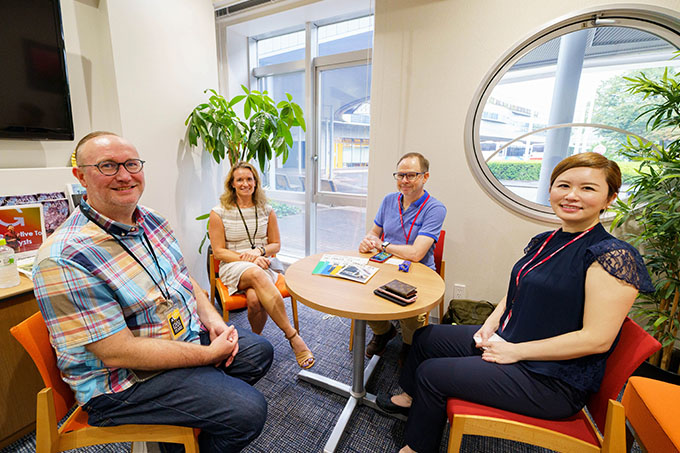
ABOUT THE SCHOOL
The American School in Japan
- Address
- 1-1-1 Nomizu, Chofu-shi Tokyo 182-0031
- 6-16-5 Roppongi, Minato-ku Tokyo 106-0032 (Early Learning Center)
- Language of instruction
- English
- Age Range
- Ages 3 to 18
- Number of students
- 1,100
- Kindergarten
- 3-5
- Elementary School
- 6-10
- Middle School
- 11-13
- High School
- 14-18
- Accreditations/Inspections
- ・Western Association of Schools and Colleges (WASC)
・National Association of Independent Schools (NAIS) - Website
- https://www.asij.ac.jp/
School Location and Residences in Vicinity








